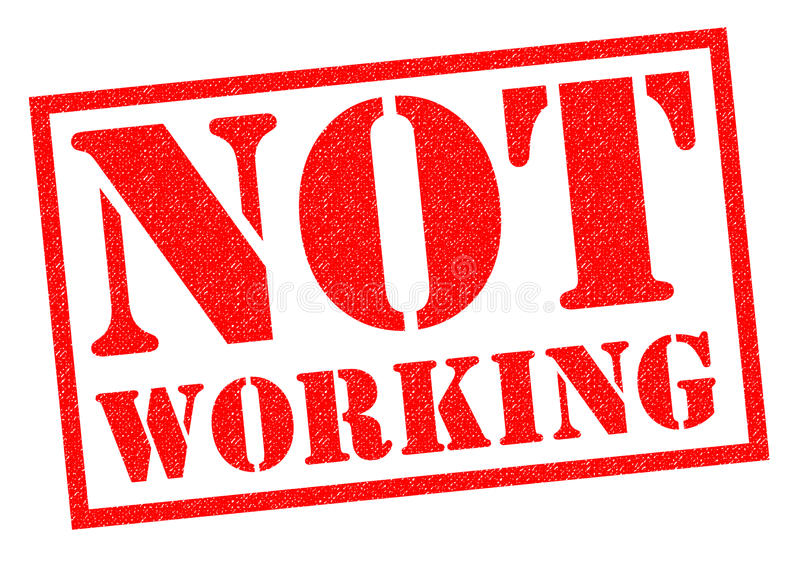
It takes courage to grow up and become who you really are. – E.E. Cummings
I read a story about Leonidas, the King of Sparta. He was preparing to take a stand with his Greek troops against the Persian army in 480 B.C. when a Persian envoy arrived. The man urged on Leonidas of the futility of resisting the advance of the huge Persian army. “Our archers are so numerous”, said the envoy, “that the flight of their arrows darkens the sun.”
“So much the better,” replied Leonidas, “for we shall fight them in the shade.” Leonidas made his stand and died with 300 of his men. Needless to say, his courage was misplaced.
In this series, I’ve made the case for embracing courageous leadership. We’ve looked at what it is not, what it is, and now, developing a courageous leadership mindset. With it the possibilities of your leadership are unlimited. Without a proper understanding of it, you could go down like Leonidas. In short, we need to get it right.

In her acclaimed book, Mindset, Carol S. Dweck writes, “When you enter a mindset, you enter a new world. In one world (the world of fixed traits) success is about proving you’re smart or talented. Validating yourself. In the other (the world of changing qualities) it’s about stretching yourself to learn something new. Developing yourself.” And this is where the first steps of developing a courageous leadership mindset begin.
Developing a courageous leadership mindset is a growth process that begins in your comfort zone and stretches you into something new. The process and journey must be embraced to go there. Here are a few ways how.
Acknowledge where you are in this moment
As you begin to develop a courageous leadership mindset, you must first acknowledge where you are on the journey. Everyone has a starting point and for each of one, the view is different.
As a young leader, I remember making the transition from what I studied and prepared for and putting it into practice in the marketplace. It was intimidating at times. But I was out to prove that I was smart and talented. But I also lacked a certain amount of courage to find my own voice because I was part of a culture of fixed traits. It was stifling.
Embrace a different mindset
If you are ever going to get out of your comfort zone and develop a courageous leadership mindset, you will have to begin to make some shifts. In our world of fixed traits and familiar ways of doing things as leaders, there must come a time in which you take responsibility for your growth, not look back, and burn the ships.
Your courageous leadership mindset is first and foremost an inside job. From there, it impacts every decision you make as a leader. Click To Tweet With a courageous leadership mindset, you are taking responsibility for your growth and development and the outcomes you desire.
Become a courageous leader
The point I want to emphasize here is that your growth and path to developing a courageous leadership mindset is a process. It takes time. As you move from a fixed mindset to a growth mindset things for you as a leader will begin to look different.
Becoming a courageous leader will be subtle at first but before too long your attitude will be different and how you look at things will change. The people who intimidated you before will no longer have that power over you. Courage will begin to take root.
Final Thoughts
Growth is liberating and having a courageous leadership mindset is powerful. Combine these two and your potential is unlimited. Believe in yourself. Embrace the mindset. Trust the process.
©2021 Doug Dickerson









